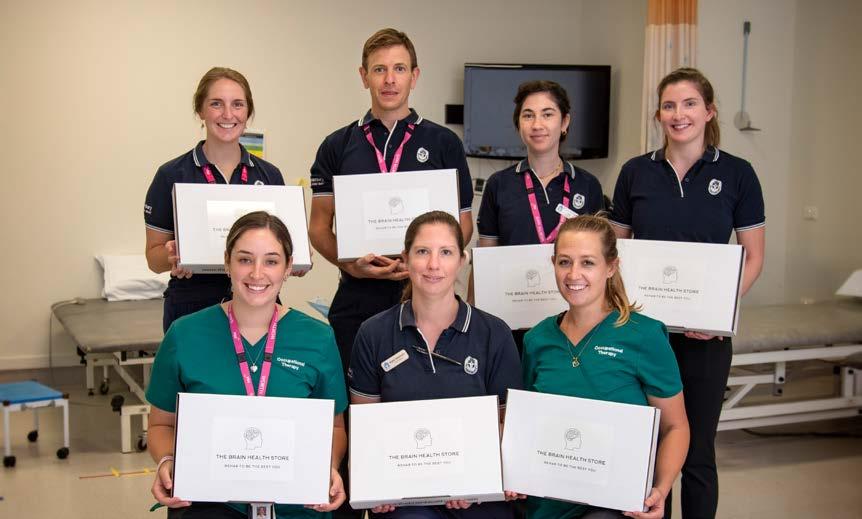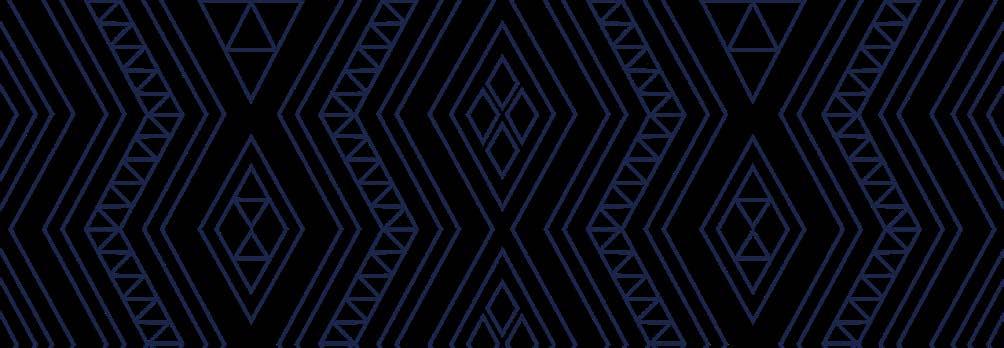
2 minute read
Stroke Equity Project –Improving upper limb outcomes
The Stroke Allied Health team at Burwood Hospital is embarking on a project to trial use of equipment to address some equity of access issues for Māori, Pasifika and patients who live outside Christchurch city.
The goal of the Stroke Equity project is to help address known inequities in Stroke care for rural, Māori and Pasifika stroke survivors, says Advanced Practice Physiotherapist (Stroke Rehabilitation) Mark Adams.
Advertisement
“With the support of the Brain Health Store (BHS) appropriate stroke survivors will be provided with two evidenced-based treatments (electrical stimulation and mirror therapy) to support their community rehabilitation following discharge from the Burwood inpatient stroke rehabilitation wards, CG and DG.”
The BHS fundraises for the Stroke Foundation by sharing its profits. It was set up by a former stroke patient on Burwood’s Ward CG.
An electrical stimulation unit helps the muscles to contract. This can mean that people are able to move their arm/leg in ways they couldn’t do without the stimulation. It has been shown to help stroke survivors improve their strength.
The mirror box can help improve how stroke survivors use their arms. It involves people seeing a mirror image of their non-stroke limb performing movements in the mirror. This tricks the brain into seeing the stroke affected side moving.
Clinicians on the ward will identify people who are suitable for the project, Mark says:
These are:
› Patients with upper limb muscle weakness and reduced functional use post stroke and/or patients with flaccid shoulder muscles
› No contraindications
› Living rurally (outside the Community Stroke Rehabilitation Service boundary), or identify as Māori or Pasifika.

Back
From
On discharge from hospital, the person will be provided with an electrical stimulation machine and a mirror box to complete their prescribed home exercise routine. Patients and/or their support person(s) will be given education on the correct use of the equipment, as well as educational pamphlets.
The BHS will check in with the person monthly and gather data on usage and satisfaction.
At three months, the BHS will:
› Collect the device from the stroke survivor, repeat appropriate outcome measures, assess usage and satisfaction
› Clean the devices with medical grade disinfectant and replace the electrode pads
› Deliver the devices back to the health district for reallocation.
At the end of the project, usage, satisfaction and outcome measures will be analysed and reported back, Mark Adams says.
The BHS was set up by stroke survivor Mark Ford who spent time in Ward CG. He found electrical stimulation and mirror therapy useful in getting his arm back to near full function.
After meeting other stroke survivors at the Stroke Foundation, Mark realised that many didn’t have access to these devices in the community. He created the BHS to make them more accessible.
“I am passionate about enabling stroke survivors to continue their in the comfort of their home and rehab to be their best selves after a stroke,” Mark says.







